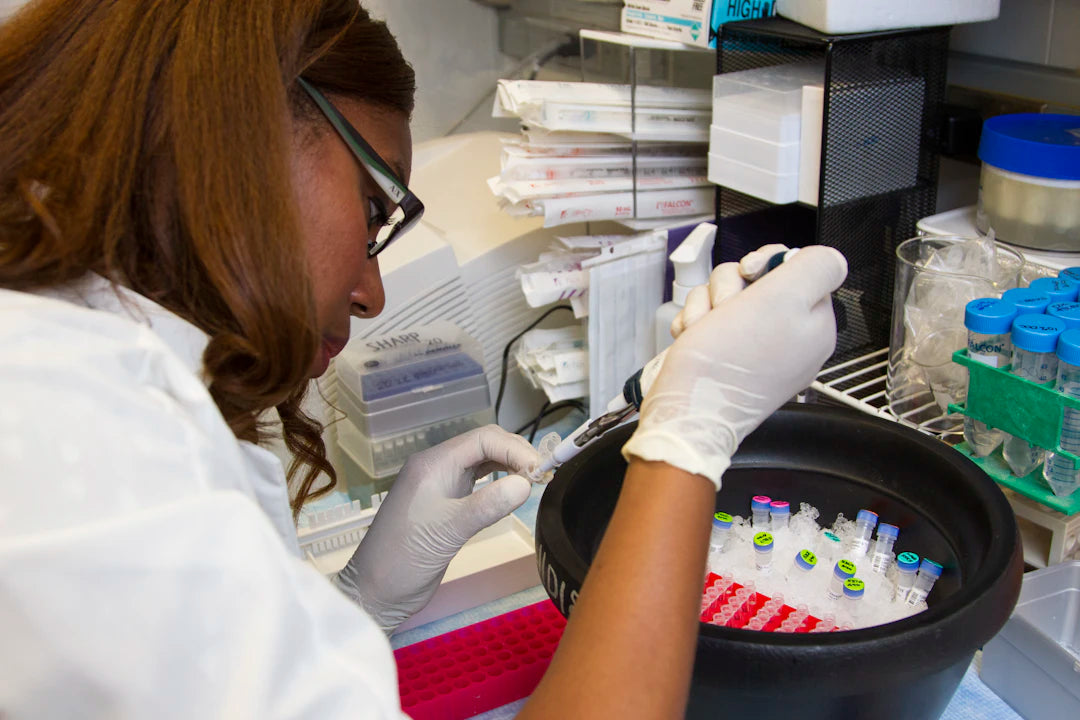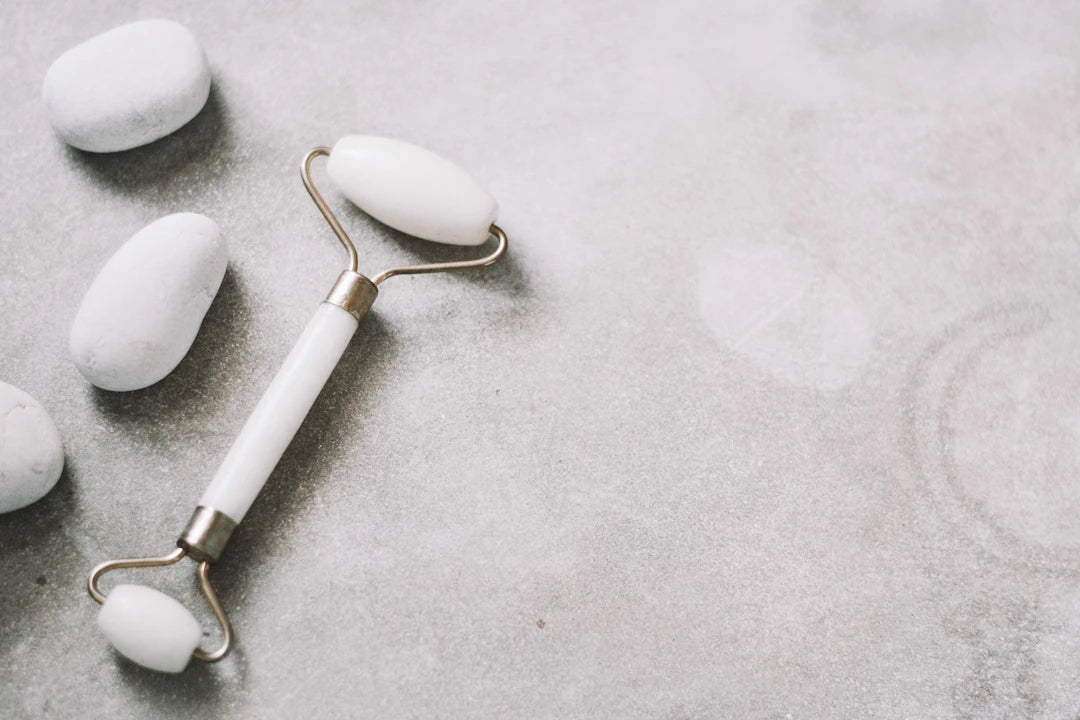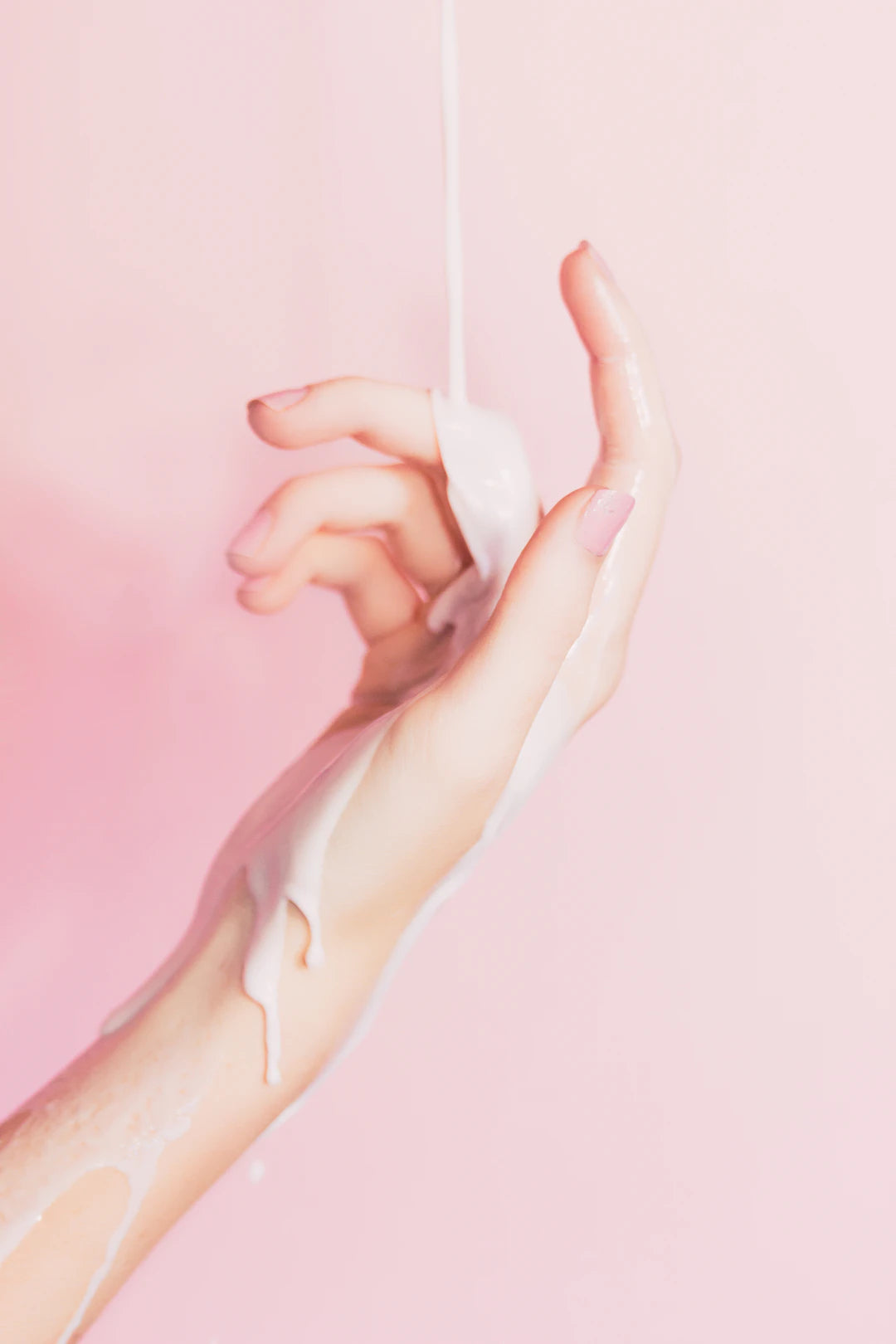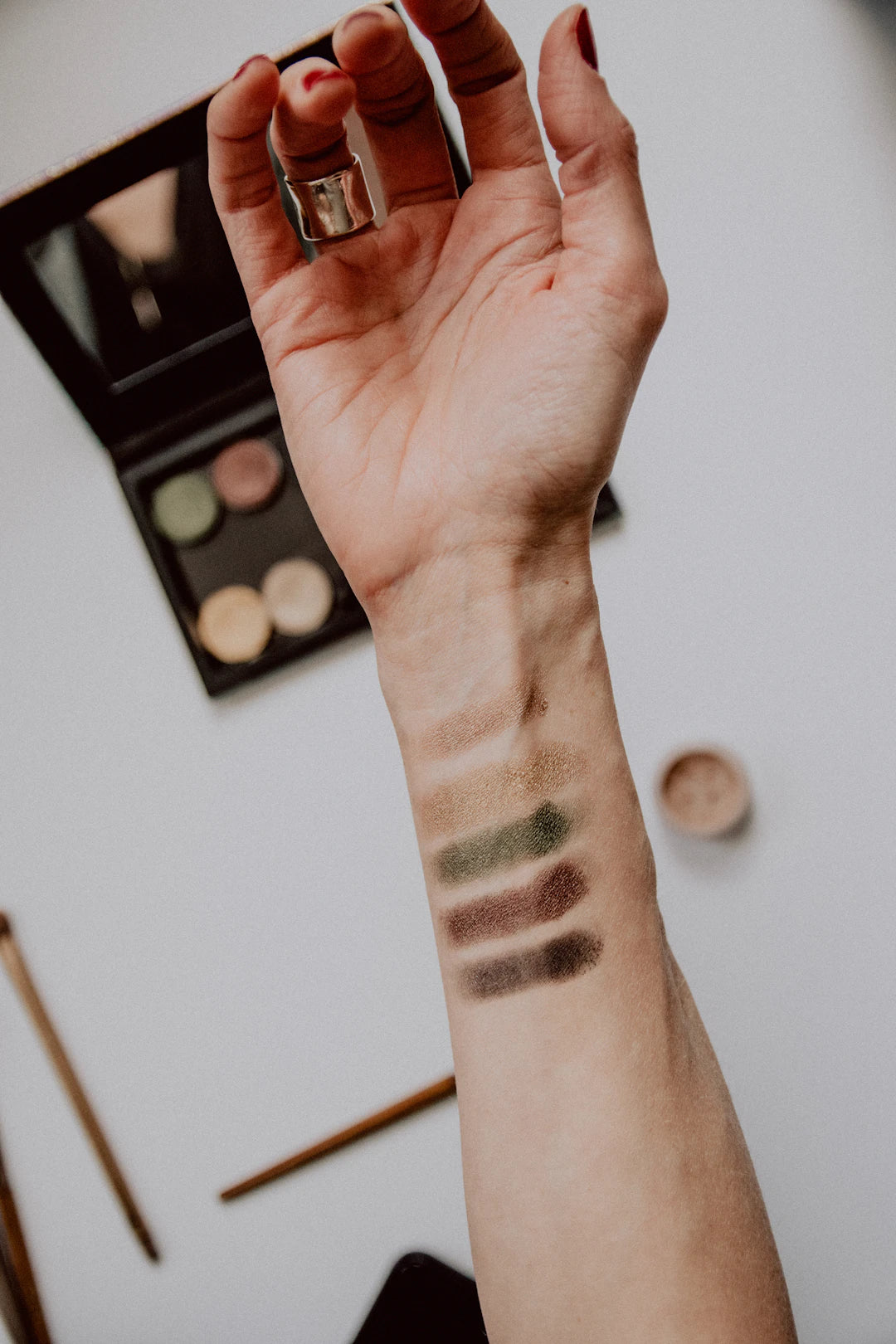The Essential Guide to Patch Testing Beauty Products

Frequently Asked Questions
1. What is patch testing in skincare?
2. Why is patch testing important?
3. How do you properly patch test a new product?
4. What signs should I look for during patch testing?
5. What should I do if I'm unsure about a product's compatibility with my skin?
When navigating the expansive world of skincare and beauty, it's essential to prioritize safety and effectiveness. One of the most crucial steps that often gets overlooked is patch testing new products. This simple yet impactful practice can save your skin from unwanted reactions and ensure that your beauty routine remains a source of confidence and joy. In this article, we'll explore the importance of patch testing, how to do it correctly, and the specific benefits it provides, especially when incorporating items like anti-aging serums and anti-wrinkle products into your regimen.
Understanding Patch Testing
Patch testing is a method used to determine how your skin will react to a new product. Whether you’re considering an anti-aging serum, a new moisturizer, or an intensive anti-wrinkle treatment, this quick test can help avoid potential skin irritations or allergies. But why is this step so important?
Preventing Unwanted Reactions
One of the primary benefits of patch testing is the prevention of unwanted reactions. Our skin is sensitive and can react differently to various ingredients. A product that works marvelously for one person could cause irritation, redness, or breakouts for another. Ingredients in specific formulations, particularly those in anti-aging serums or focused anti-wrinkle treatments, can be potent and potentially harmful if used incorrectly.
Avoiding Costly Mistakes
Skincare can be an investment, and nobody wants to waste money on products that don't work or, worse, exacerbate skin issues. By taking a few minutes to patch test a product, you're ensuring that your hard-earned money isn't going down the drain due to an adverse reaction. If a product is meant to smooth fine lines and wrinkles but instead causes a breakout, you have lost both time and money.
How to Properly Patch Test a New Product
Executing a patch test is straightforward and can be done in just a few simple steps. Here’s how to do it correctly:
Step-by-Step Guide
- Choose a Small Area: Select a small patch of skin, ideally on an inconspicuous area like the inside of your wrist or behind your ear.
- Apply the Product: Apply a small amount of the new product in this area. Allow it to absorb for a few minutes.
- Wait 24-48 Hours: Monitor the area over the next two days. Look for signs of irritation, such as redness, itchiness, or swelling.
- Evaluate Results: If your skin remains clear and irritation-free, the product should be safe to use on your face and other targeted areas.
Special Considerations
Some products, especially those containing strong active ingredients typically found in anti-aging or anti-wrinkle formulas, may require extended tests or specific considerations. It’s essential to read the label and instructions carefully. Always consult a dermatologist if you have known sensitivities or if your skin is generally sensitive.
The Benefits of Regular Patch Testing
While patch testing a new product may seem like a chore, there are several long-term benefits that outweigh the few extra minutes spent in the process.
Building a Personalized Skincare Routine
Patch testing allows you to curate a skincare routine tailored to your specific needs. For instance, if an anti-aging serum causes irritation, knowing this ahead of time helps you explore alternative formulations or brands that work for your skin. A customized approach ensures that your skincare routine is both effective and enjoyable.
Increasing Product Efficacy
Using products that are compatible with your skin type means that you’re more likely to see desired results. For example, anti-wrinkle treatments are often formulated with potent ingredients like retinol or peptides. By patch testing these products first, you maximize the chances of them performing effectively on your skin without causing negative side effects.
What to Watch for During Patch Testing
During the 24-48 hour waiting period, it's essential to keep an eye out for certain reactions. Recognizing these signs early can help you prevent potential skin damage.
Signs of Irritation
- Redness: A sure sign that the product may not be suitable for your skin.
- Itching: If you experience an itch soon after application, discontinue use immediately.
- Swelling: Puffiness or swelling is a clear sign of irritation and should be addressed.
- Breakouts: New pimples or blemishes emerging in the patch-tested area often indicate a negative reaction.
Misinformation Surrounding Patch Testing
Despite its effectiveness, there are common misconceptions that often deter people from patch testing new products.
Myth vs. Reality
-
Myth: "I don't need to patch test because I don’t have sensitive skin."
Reality: Even those without known sensitivities can develop reactions to new ingredients. -
Myth: "Patch testing is only necessary for certain product types."
Reality: All skincare products, including moisturizers and sunscreens, should be patch tested, especially when introducing new active ingredients.
When in Doubt, Consult a Professional
If you’re ever unsure about the compatibility of a product with your skin, seeking guidance from a dermatologist can be incredibly helpful. Professionals can offer personalized recommendations based on your skin type and concerns, as well as help troubleshoot any reactions you might experience.
Innovations in Patch Testing
As skincare formulations evolve, so do methods to ensure compatibility. Some brands are now offering patch testing kits that streamline the process and make it even easier for consumers to test new products safely. These kits often contain hypoallergenic test strips that allow users to apply their products without direct skin contact. This is an exciting advancement that makes patch testing more accessible for everyone!
Integrating Patch Testing into Your Routine
Make patch testing a regular part of your beauty regimen. Set aside a day when you’re trying multiple new products and test them together. Incorporate this practice into any time you introduce new anti-aging serums or anti-wrinkle products. This proactive approach to skincare will enhance the overall health of your skin and ensure that your routine works effectively for you.
Final Thoughts: Your Skin Deserves the Best
Patch testing new beauty products is more than just a recommendation; it’s a necessary practice for anyone who cares about their skin. This simple step can save your skin from irritation, wasteful spending, and help you curate a personalized, effective skincare routine. Embracing patch testing means putting your skin’s health first, especially when integrating potent products like anti-aging serums and anti-wrinkle treatments into your lifestyle. Remember, your skin deserves the best, and patch testing is a crucial part of ensuring it gets just that!


